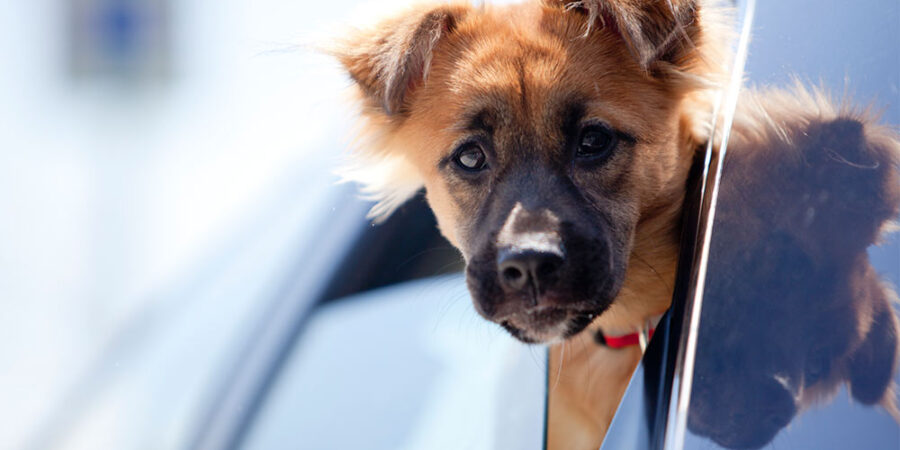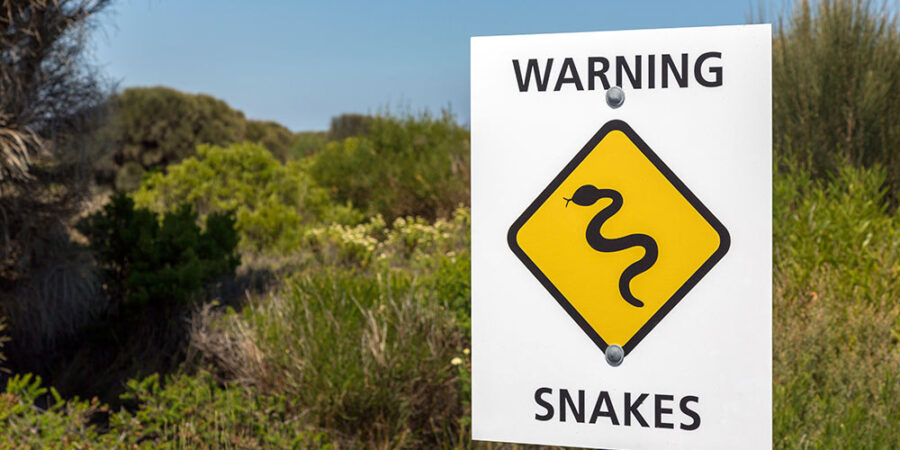Companion animals and wildlife can have a scorching time during the summer months, so we’ve put together an 8 point survival guide for the summers season that will help keep you and your furry friends safe and happy.
1. Be water wise
a). Always ensure your four-legged (or feathered, or scaly!) friends have fresh clean water every day and lots of it! More than one dog has been known to simply upend the water dish in an attempt to cool down too, so you may also need to top it up regularly (or make it easy on
yourself and buy a shell pool!). Leave water out for thirsty wildlife. While some pets have the luxury of air conditioning, our wild natives often just swelter. Keep it in the shade — and high up if possible, to keep wildlife safe from predators. You’ll probably make a whole heap of new animal friends with a makeshift billabong too!
b). Remember to put the cover on the pool when you’re not using it. Hot animals trying to beat the heat can drown in pools so taking away that access can save lives (of course you’ll have the water dish out anyway, right?)
c). Keep an eye out for heat-stressed wildlife — and if you spot any critters who look like they’re struggling, call your local wildlife group for help.











